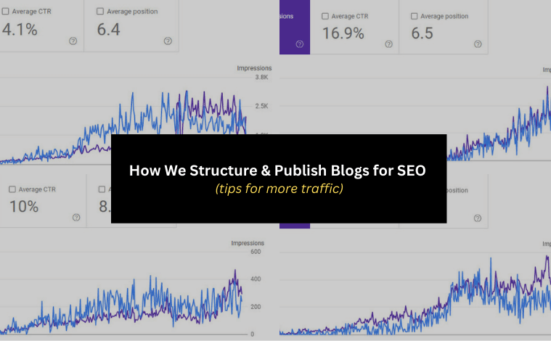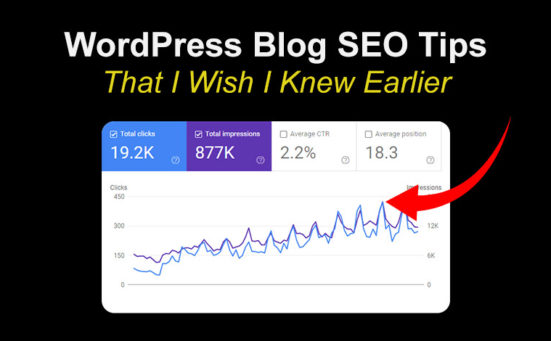
Do you find it difficult to write high-quality posts for your blog? Is it challenging for you to find relevant keywords in your article? Are you spending lots of time and resources trying to improve your content for SEO, but to no avail?
Let me tell you about Google Alphabet Soup – a method me and my team use to find great keywords for free.
That’s right. When you use this method properly, you’ll be able to gather relevant keywords in your articles in an efficient way, free of charge.
Later on in this article, I’m going to share some pretty major revelations I’ve had in terms of why this is my preferred method of keyword research. And, I’ll also share some other ways you can use it for client SEO as well.
But first, let me tell you what Google Alphabet Soup is and show you, step-by-step, how to do it.
What is the Google Alphabet Soup Method?
Basically, Google Alphabet Soup is when you type a keyword into Google Search followed by a letter.
Doing so gives you back auto-complete suggestions of what Google thinks you may want to search for based on what others who type in those words usually do.
As a result, this allows you to gather more keywords than any research tool ever could. Plus, it’s probably the most up-to-date data you can find on the internet.
Starting with Keyword Research
Before we can make use of the Alphabet Soup method in all its glory, we have to get started with basic keyword research first.
Why? Because combining basic Keyword Research AND Alphabet Soup will set you up with better results in the long run.
I know, I know, you want to learn how to do the method now.
However, not knowing the right way to research is counterproductive and may set you back by a huge amount in your optimization efforts.
Don’t get me wrong, you can definitely use Alphabet Soup on its own. But, without knowing the right way of doing the initial steps, you’ll miss out on lots of essential keywords you can use that will greatly help with Search Engine Optimization (SEO).
Let’s just brush up on your keyword research technique for a bit.
The Basics of Keyword Research
To start, you’ll need to open a New Incognito Window on your browser.
Tip: Already using Chrome and have a tab opened? Use the shortcut: press Ctrl+Shift+N to open an Incognito Window.
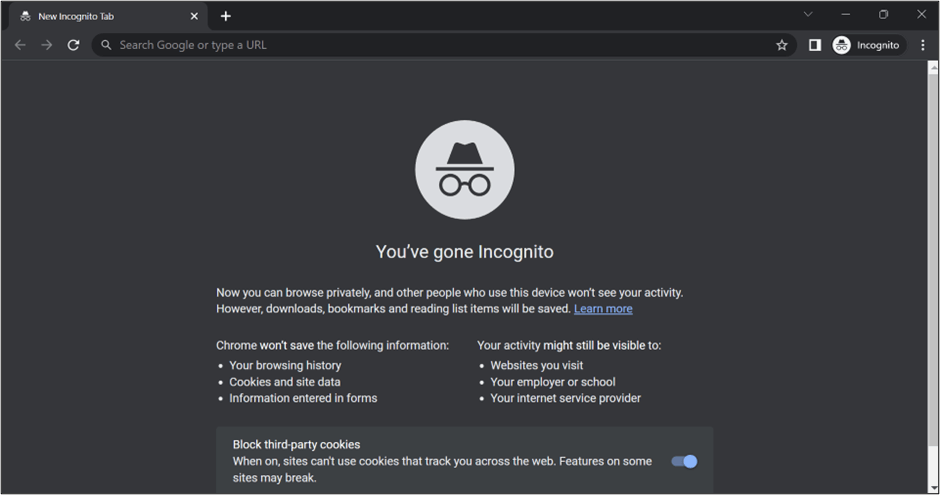
Open Google, then put can you + (double space) + [KEYWORD] in your search bar.
For this example, I’ll use “airpods” as my keyword.
Then, my search bar will look like this:
![Searching Google using the can you + (double space) + [KEYWORD] formula](https://ontopmarketing.agency/wp-content/uploads/2023/04/Searching-Google-using-the-can-you-double-space-KEYWORD-formula.png)
The suggestions above are examples of what we call “long-tail keywords”. Essentially, these are the phrases that are being searched for on various search engines such as Google, Yahoo!, and Bing.
Next, click on the space between the two spaces to prompt Google to show even better results for your keyword.
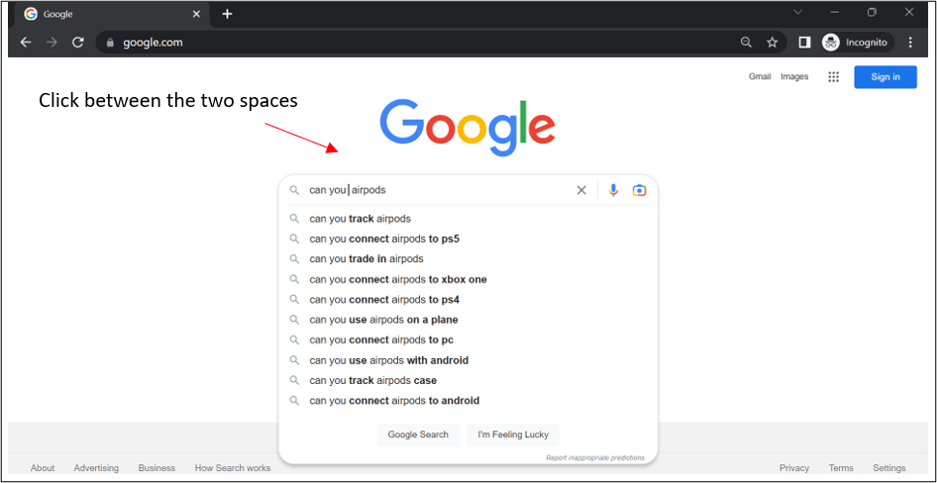
What I got back from the results are a bunch of different things that people normally search for in the space right there.
From here, we know that people are searching for ways to track, connect, trade in, and use, their airpods.
Let’s now use the word, “connect”, while including our main keyword in the search. We also know that “use” is another great word we can use in our research as it will definitely bring up loads of keywords for our content.
Now, let’s put can you “can you connect airpods to” in our search bar.
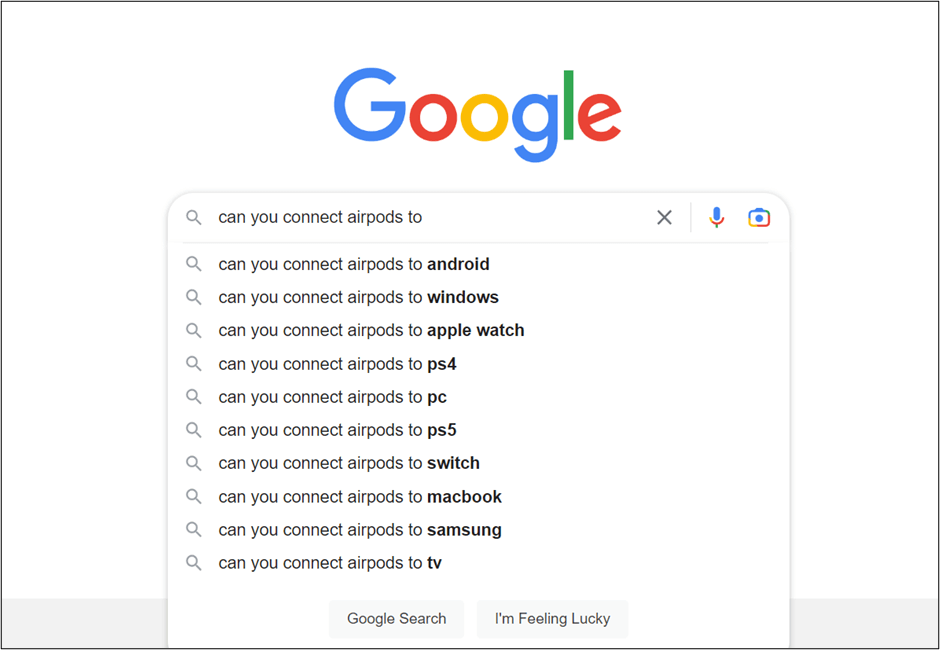
The top 3 searches connected to our keyword are android, windows, and apple watch.
At this point here, we now know the most important ones to target. This is because they are what people are frequently searching for. Otherwise, Google wouldn’t be suggesting them to us.
If you’re just aiming to target a few keywords, the suggestions shown above will probably be enough for you to start incorporating into your content.
On the other hand, if you want to write more content and find more keywords, this is where you can use the Alphabet Soup method perfectly.
This technique is brilliant for me as I like to totally blanket my keywords and use the method to broaden my search and get absolutely everything I can write about for my websites.
How To Do the Google Alphabet Soup Method
Now that we have “can you connect airpods to” as our phrase from our research, let’s start doing the Alphabet Soup.
What we will do is put our phrase in our search bar, then add each letter of the alphabet – one by one, to look at the results that Google will display. And since we are talking about the Alphabet here, it means that you’ll go through each letter from A to Z.
Tip: It would be handy to get your Notepad ready to create your list of keywords as you go through with the method.
Let’s use the formula: phrase + letter on our search bar, starting with the letter A. I’ll show you four examples.
1. Can you connect airpods to + a
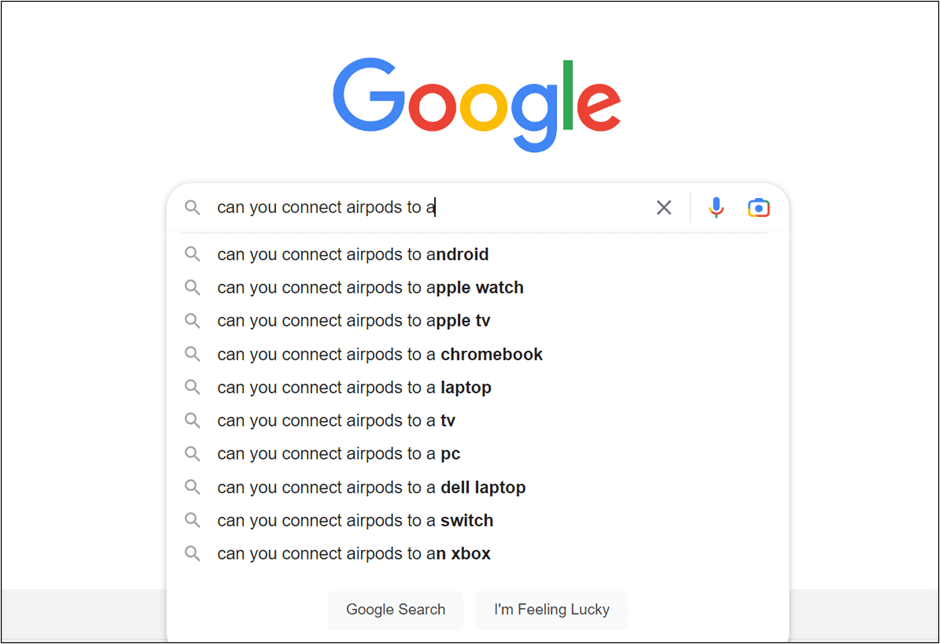
Notice how the results display the next words starting with the letter a?
What I usually do here is get my notepad, enter the phrase I’m searching for, then have a list of all the keywords I get with each letter of the alphabet.
Like this: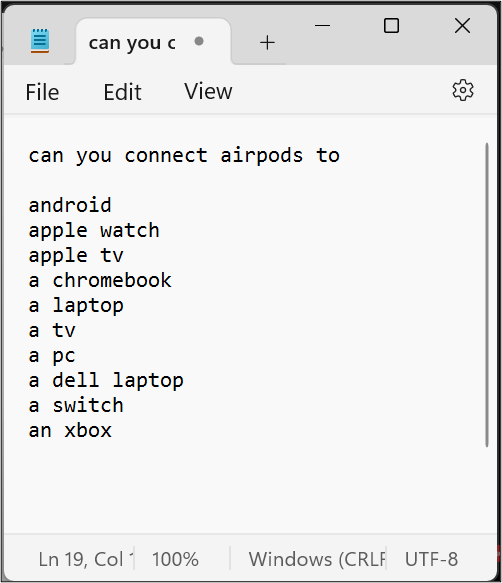
Doing so allows me to have a list I can use later on as a reference while I’m writing my blog’s content. Of course, you’re free to do it in a way that’ll work for you.
2. Can you connect airpods to + b
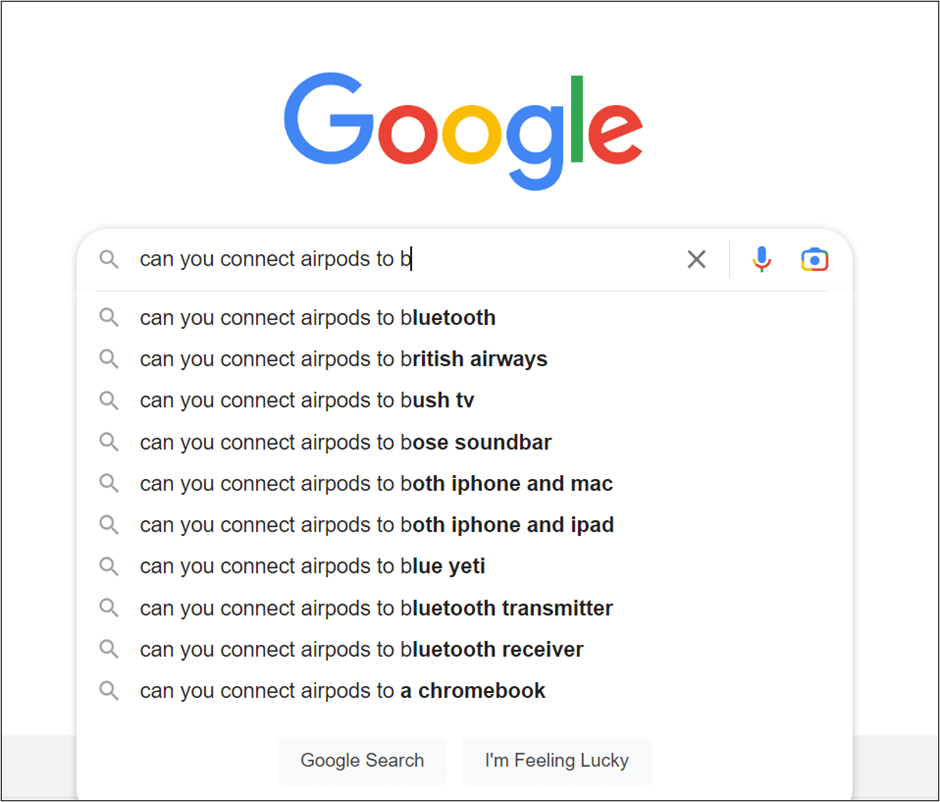
3. Can you connect airpods to + m
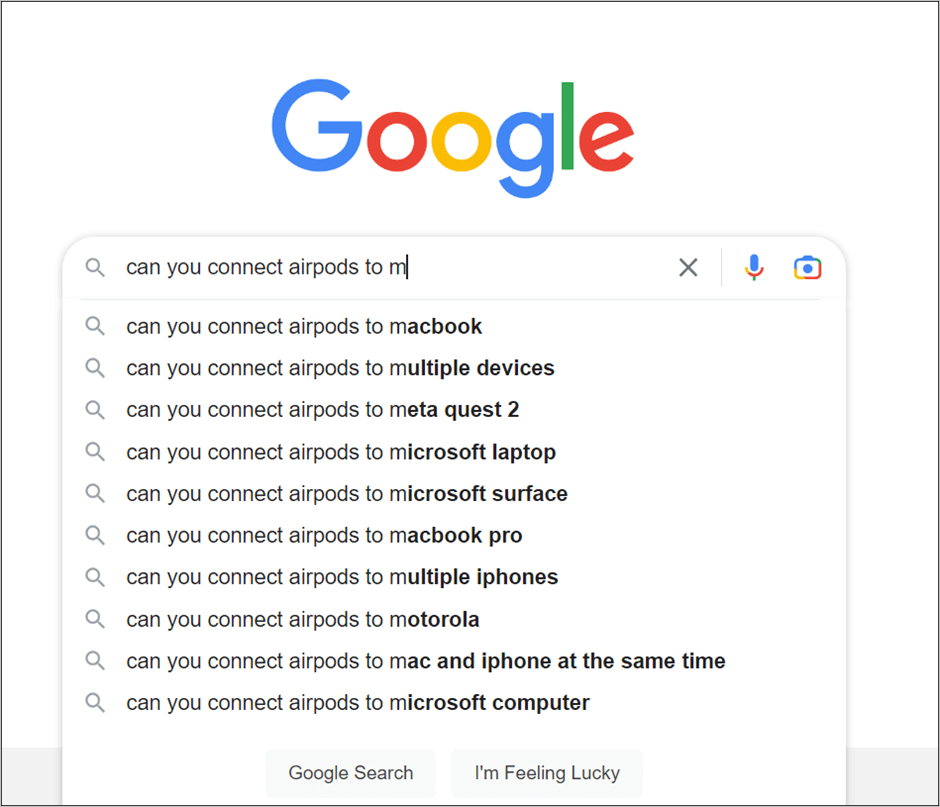
4. Can you connect airpods to + z
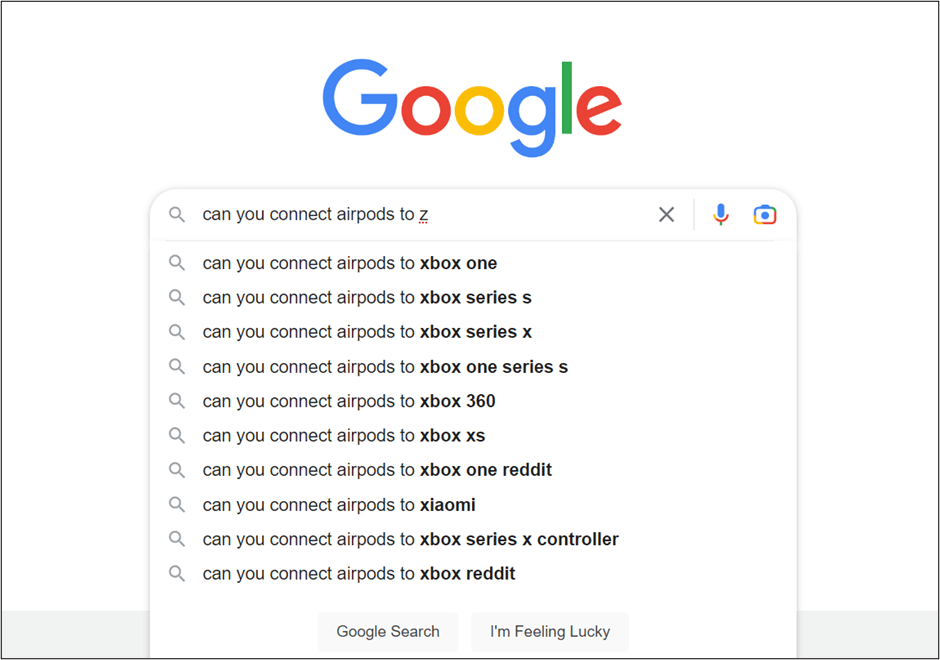
In the image above, there are no relevant keywords starting with Z that Google can display. Hence, it is showing other suggestions starting with another letter (X) instead.
Once you are able to gather all keywords by doing the Google Alphabet Soup, you’ll have a massive list of different articles you can create. As a bonus, not only will these articles be very helpful to readers, but they’ll definitely have a better chance of dominating the SERPs.
How amazing is that?
This is exactly the reason why this method is being used not only by small businesses that want to improve their rankings. In fact, Alphabet Soup is also used by established websites that are already generating huge traffic monthly.
SEE ALSO: How We Structure & Publish Blogs For SEO (9 Tips For More Traffic)
Why You Shouldn’t Overlook This Strategy
When keyword research is as simple to do as the Google Alphabet Soup technique, you may be suspicious about whether it is really effective.
After all, there are many other (complicated) ways to do research that experts use for SEO.
However, let me tell you that overlooking this strategy may be one of the worst mistakes you’ll make for your blog.
Want to know what I’ve learned while using this method?
Here are the main benefits of using Google Alphabet Soup:
You Won’t Miss Any Keywords
One of the main improvements I’ve made to the way I do SEO is I work a lot more efficiently now.
And this is a great example of that improvement. Suppose that I was able to complete my keyword research using this technique. I can now keep track of the keywords that I have already published content for – then proceed to write and publish the ones that are yet to be done.
This is so much easier than trying to manually check if I have already created content for a particular phrase or not.
If you do your own research, you know how easy it is to forget what you did for keyword research when you did it, let’s say, five months ago.
Whereas, if you make use of this technique and do your entire research today, you’ll know that you have gone through each keyword without missing important ones along the way.
Tip: Remember that list I made with that notepad? If you do that too, you can use the keywords you were able to collect and add them to a spreadsheet you can review to keep track of your articles.
Like this:
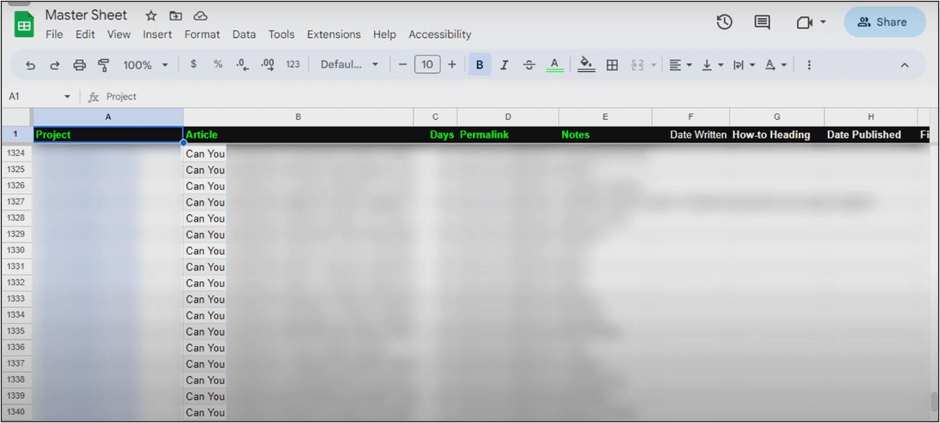
Topical Authority
Were you able to go through the Alphabet Soup method? Did you cover every single phrase that comes up when you put the letters A to Z?
If this is the case, Google is going to see that and know for sure that you are an authority on that topic.
Of course, this will still depend if the information you’re giving is actually better than what other people do in their articles. After all, having quality content will still be important if you want to show authority for your websites.
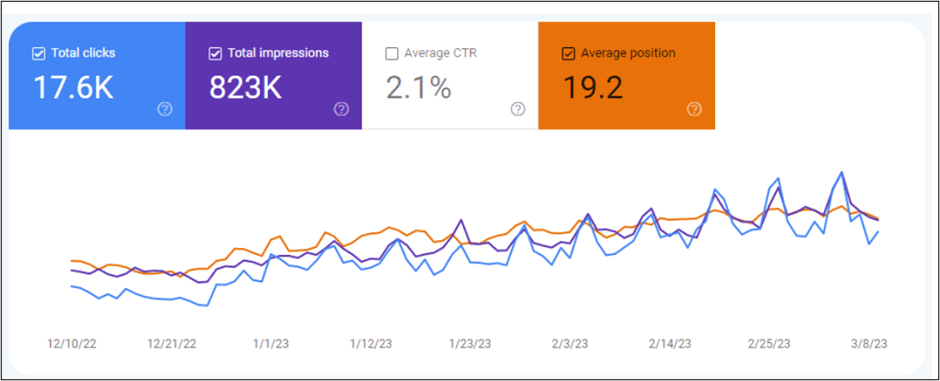
Your Writer Becomes More Efficient
It is difficult to write about a piece of content without knowing the things you really need to talk about.
Just imagine, if you or your writer must write 40 to 60 articles on a topic without having proper structure, the process will be much harder than what it should be. Whereas, if a writer knows the important topics that they should discuss, their articles will be easier to read and will be full of information that will be helpful for their readers.
Having your keyword lists allows your writers to be experts in the topics they’ll write about and be more efficient when creating their pieces of content.
It will also not be as difficult to write about highly similar topics as they’ll know what types of content people are searching for on the internet. Remember the long-tail keywords?
Let’s have an example.
One of the suggested topics displayed earlier when searching for our phrase is “can you connect airpods to British Airways”.
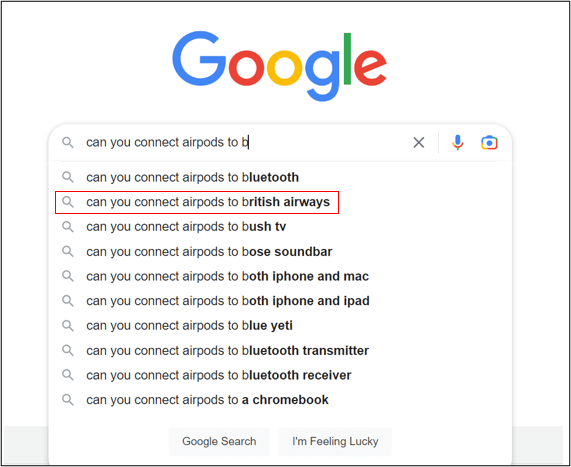
An article talking about whether it is possible to connect airpods to British Airways will also be similar to the phrases: can you connect airpods to Emirates, can you connect airpods to Easy Jet, and for other airlines.
Hence, it is safe to assume that your article will be pretty much the same content over and over again.
Of course, it will be rewritten and reworded with additional info that will be made specifically for that particular airline.
Although it may initially be boring writing similar articles a handful of times, writers and bloggers with the right technique will be able to get a whole lot more work done in the same amount of time.
You Can Create Custom Graphics & Use Them On Every Article
When you’re working at scale, it’s often not worth investing the time to create custom graphics for every single article you publish.
With the Alphabet Soup method, you can sometimes get away with just creating one or two really high-quality graphics and then just reusing them through all 60 articles.
Using our example earlier about airpods, we can try to create custom graphics by doing the following:
Let’s say one of the things we have to do to control the audio (once our airpods are already connected to our device) is by pressing its Force Sensor.
To create a graphic for this, I usually search for a relevant photo by typing in my keyword on royalty-free sites such as Pixabay[1].
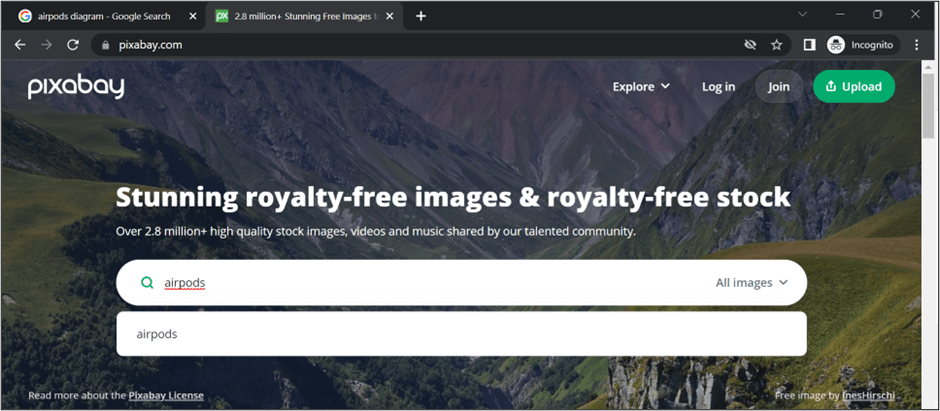
Then, I’ll look for photos where the Force Sensor is visible, like this:
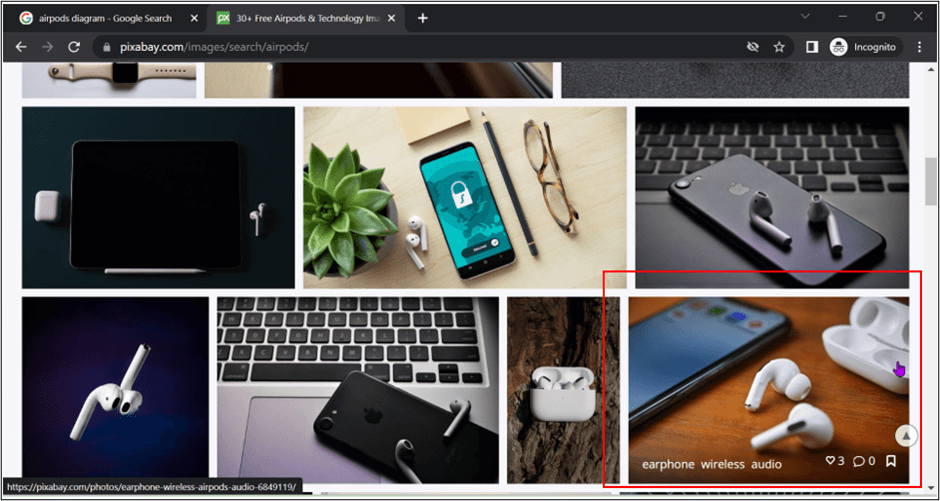
Next is clicking on the photo I chose, then downloading it.
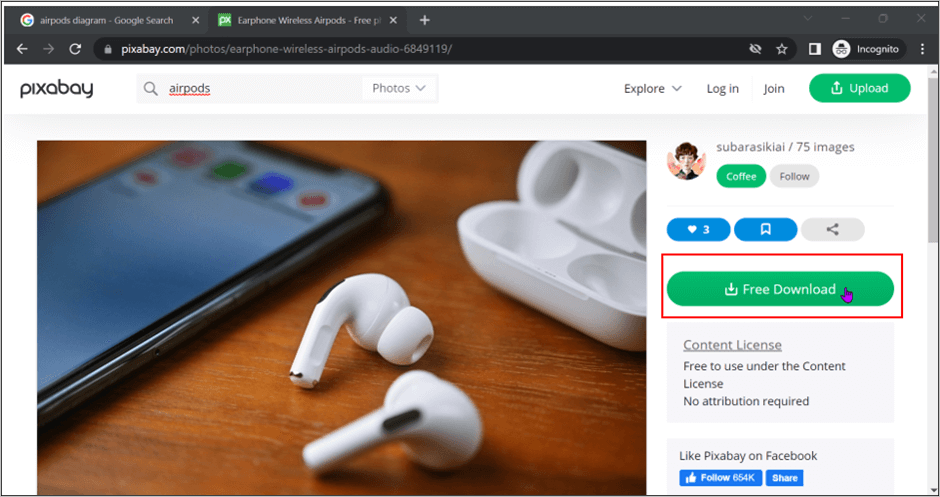
Once it’s downloaded, you can edit the image to any photo editing software you prefer using.
For this, I just used Photoshop to add more details such as the text and the arrow:
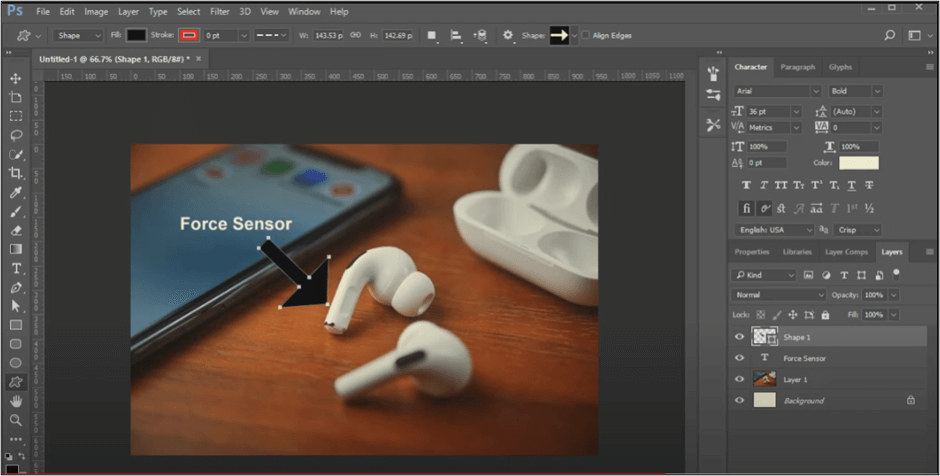
That’s it!
Now you have an image you can reuse if you’re writing and publishing articles in bulk.
You Can Create A Featured Image Template
Finally, one of the advantages of using the Alphabet Soup technique is that you can create a template for a really high-quality featured image because you already have an idea of the articles you’ll write.
In the example earlier about connecting airpods to different airlines, you can prepare your template so that all you have to do is update the details without creating each one from scratch.
Here is the template I’ll use for the blog “Can you Connect Airpods To British Airways”:

For the next airlines, all I’ll have to do is change the image and text, then I can use it for the articles.
Like with Easy Jet:

See how I just swapped the image and updated the text?
Other Ways You Can Use This Method
By using different but simple formulas when doing your research, it is totally possible to get more out of the method to find more relevant topics and keywords you can include in your article.
Here are the combinations of words I use best for Client SEO, eCommerce SEO, and even Affiliate SEO:
Can you + [double space] + [KEYWORD]
Similar to the method we did earlier using the phrase “Can you”, we can put a double space, add our keyword, click in between the spaces, then use the Alphabet Soup technique again.
For example, if our keyword is still “airpods”, we’ll do it like this:

Then, start going through the alphabet again, beginning with A.
![Doing the Alphabet Soup Method using the Can you + [double space] + [KEYWORD] formula](https://ontopmarketing.agency/wp-content/uploads/2023/04/Doing-the-Alphabet-Soup-Method-using-the-Can-you-double-space-KEYWORD-formula.png)
Do you see the variety of results on display?
If you are creating your own website that focuses on a particular product (airpods, for example), this method will be amazing in helping you have several content ideas with just an hour of research!
How to + [double space] + [KEYWORD]
Next is the phrase, “How to”, which will give us more information about the product using the similar format.
Don’t forget to click between the two spaces:

Immediately after clicking, you’ll be able to see the following results:
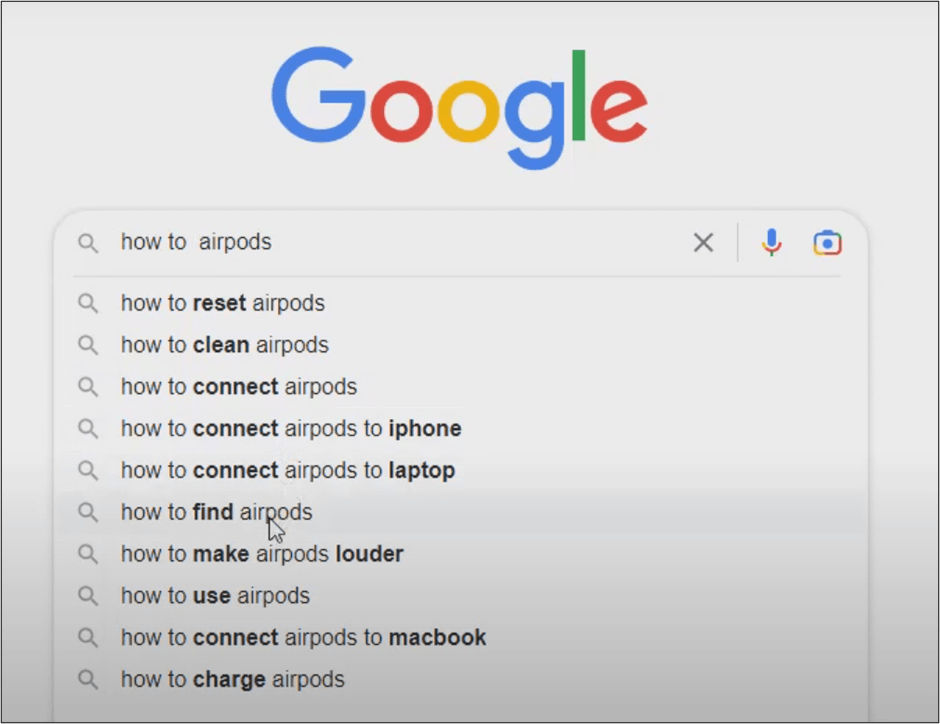
We already found “connect” earlier, but did not use the word “make” yet. Now, we can include it in our search, then add our letters one by one.
Google’s suggestions for the letter A:
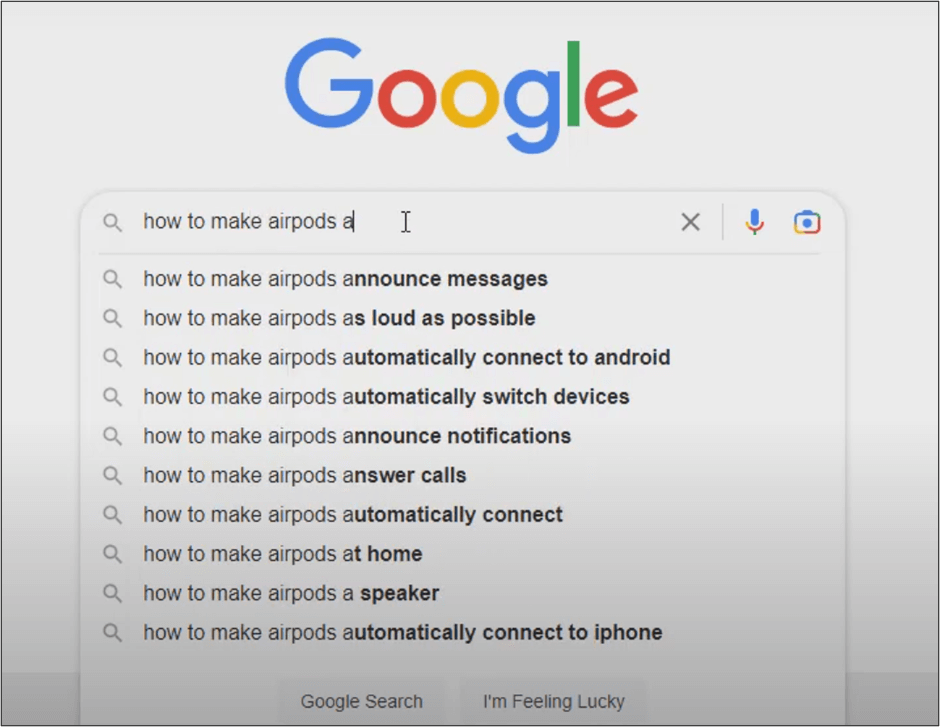
For the letter D:
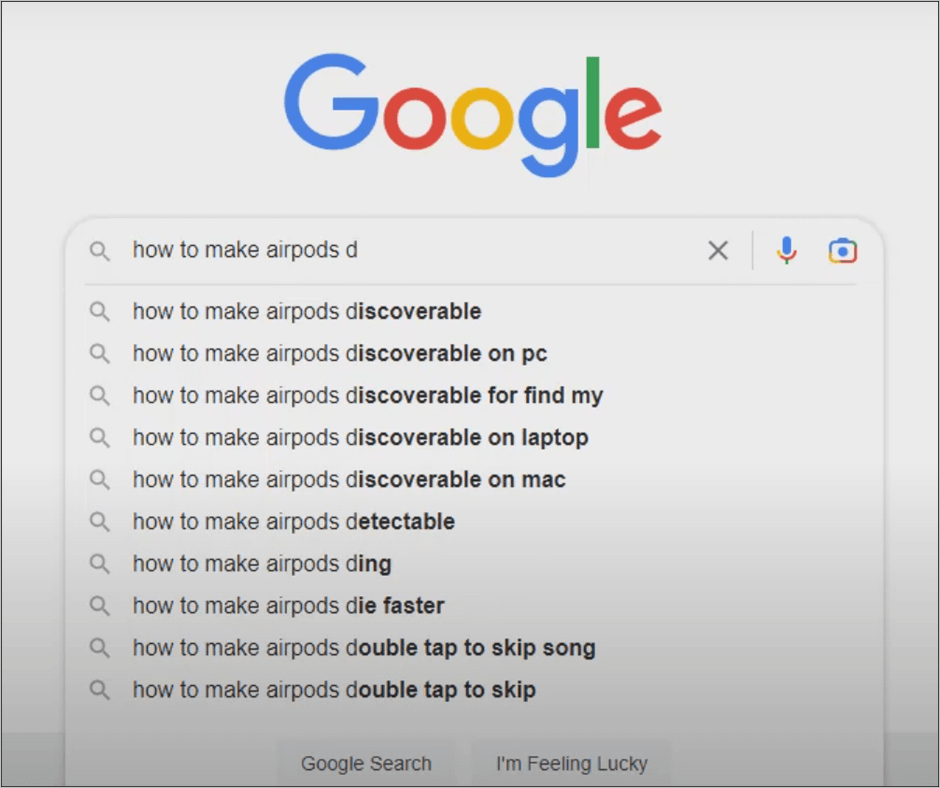
Note: Do you see duplicate results? This is normal when you use the Google Alphabet Soup technique. This is exactly why having a list is helpful in making sure you don’t use the same keywords over and over again in your articles.
[KEYWORD] keep/keeps
For this format, all you have to do is type in your keyword, then “keep” or “keeps”:
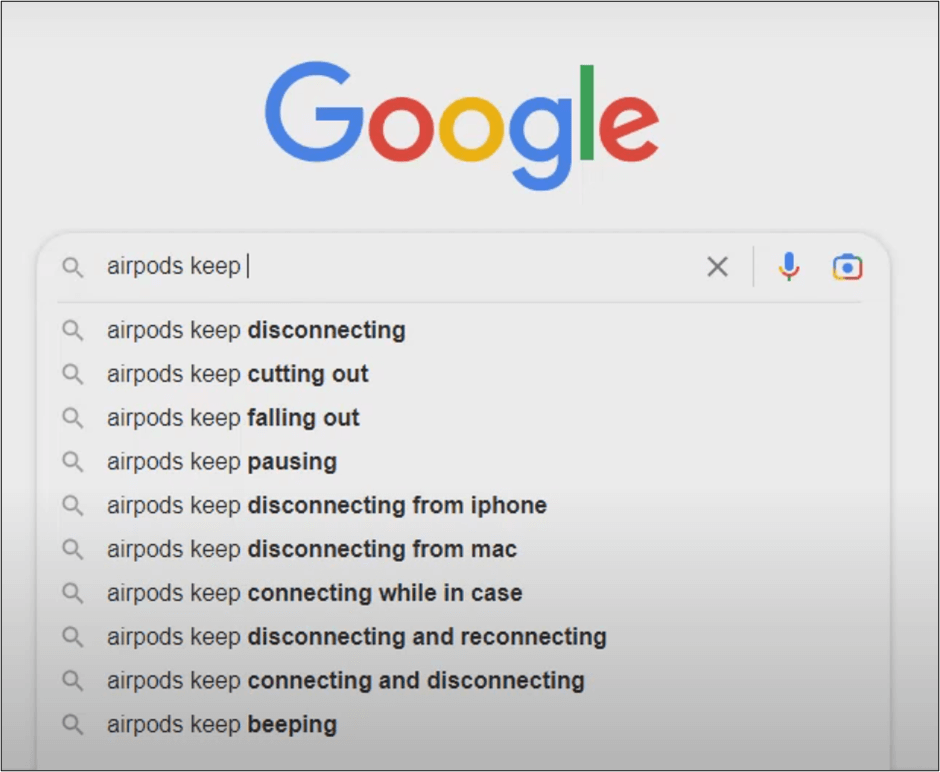
[KEYWORD] not
Also very straightforward, just type in your keyword, then “not”, and your letters.
Suggestions displayed for letter B:
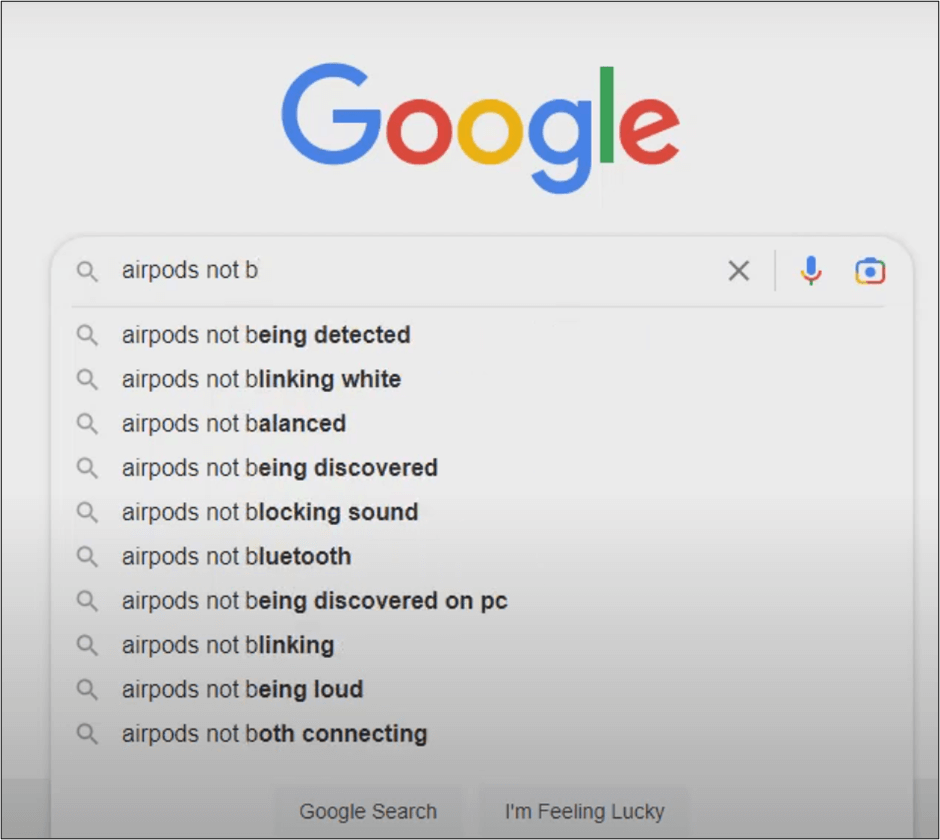
[KEYWORD] or/vs
Another wonderful method is typing your keyword, then using or/vs when doing your research on your browser.
Do you want to make an article comparing two products from each other? Using “or” and “vs” is very effective as it is being used by actual people when searching in Google.
For the airpods, we can choose any of the following:
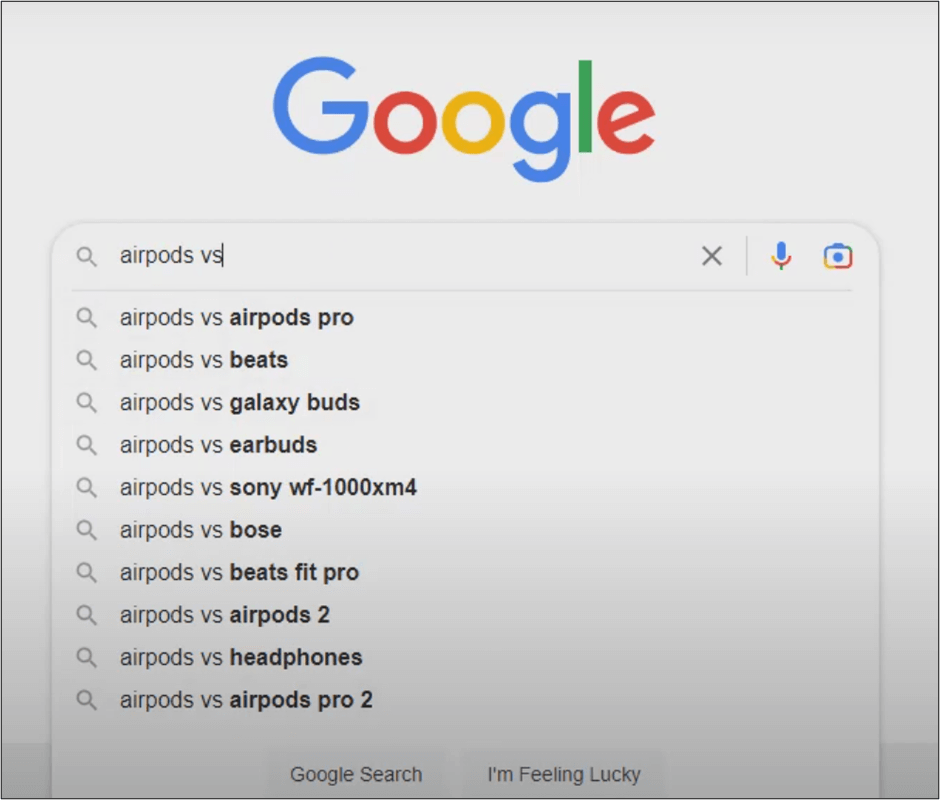
Tip: If you are already using “vs” on the title of your article, switch it up with “or” on your conclusion. For example, in a blog post titled “Airpods vs Airpods Pro”, your conclusion can be “Airpods Pro or Airpods – which is better?” or vice versa to avoid using the term excessively. This is also best as it targets both keywords effectively.
Best [KEYWORD] for
Finally, the last formula I use when doing my keyword research is the word “best”, my keyword, the word “for”, and the letter.
In this scenario, using “airpods” may not make much sense. We’ll do “earphones” instead, which are what airpods essentially are.
Here are the suggestions for letter A:
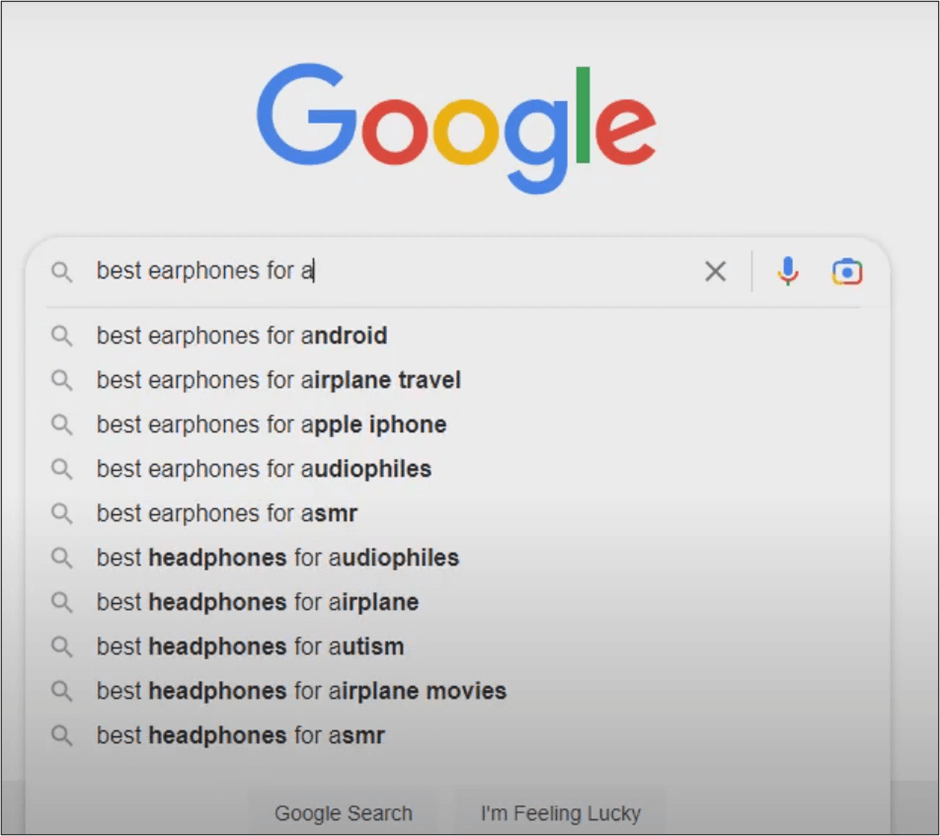
For letter B:
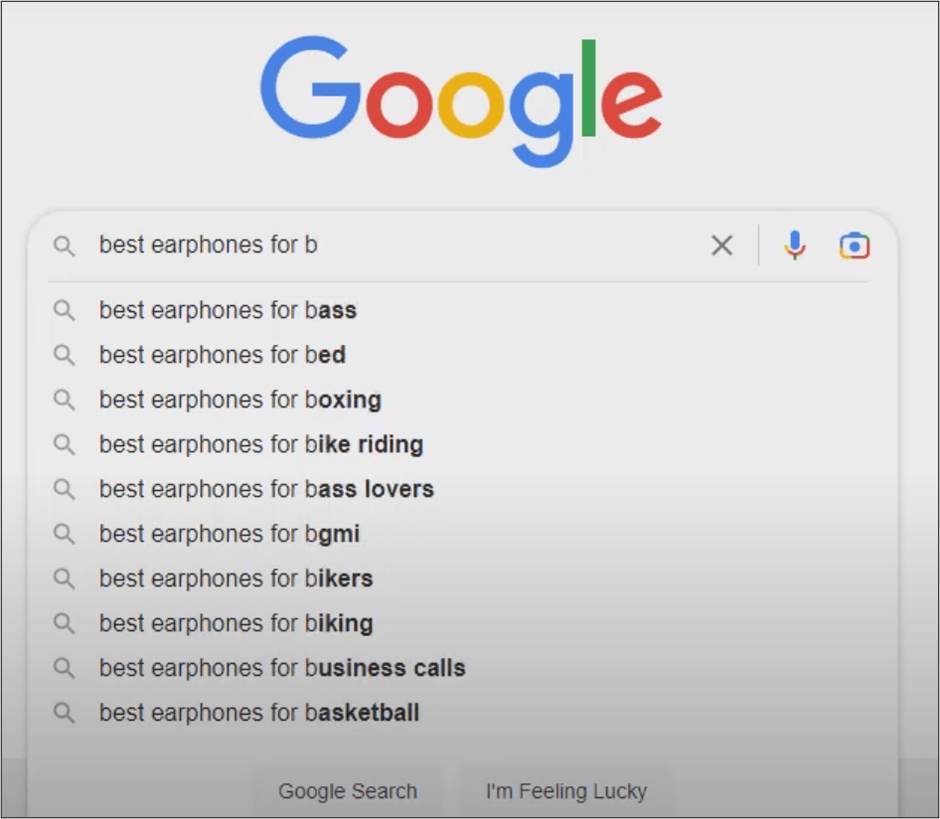
And letter C:
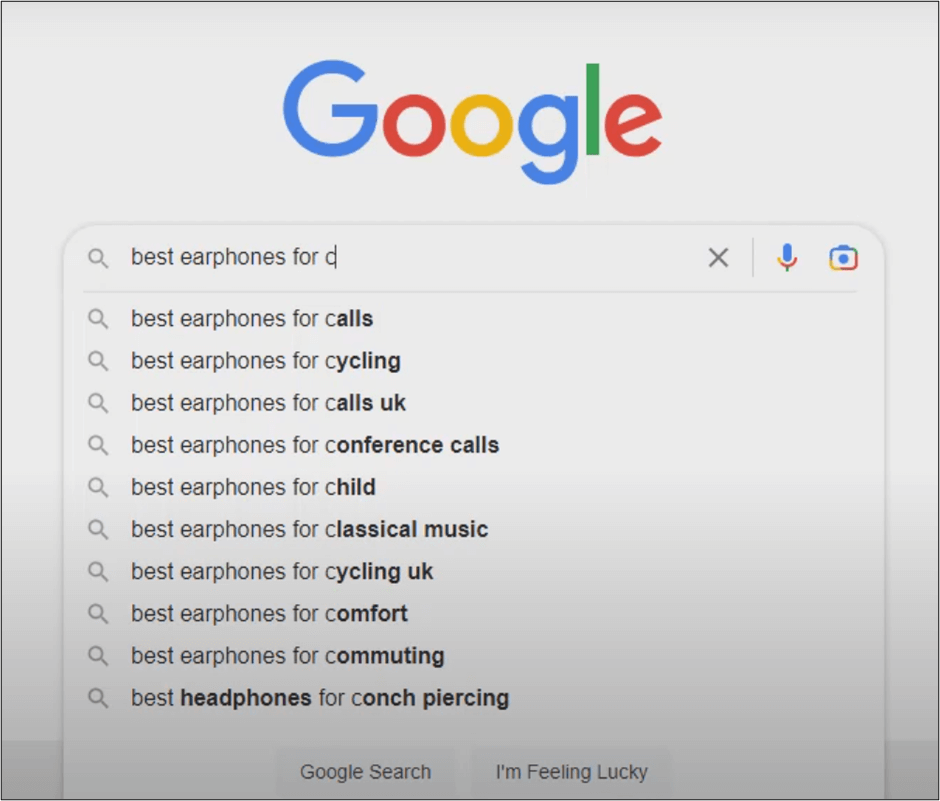
Tip: In my experience, this format works great for Client and Affiliate search engine optimization.
See how the results are unique?
These phrases are being searched by real humans, after all.
Once you’re done going through all the letters of the alphabet, I’m absolutely certain that you will have lots of content ideas for your websites.
Do You Have Questions?
Google Alphabet Soup is certainly a method that, if done properly, can cause a significant improvement in your keyword research strategy. Not only is it less complicated than other methods, but it is also 100% free to learn and use.
If you have any further questions about using this technique to boost your marketing efforts, feel free to ask them below.
Frequently Asked Questions
Aside from using the Google Alphabet Soup Method, you can also use sites such as Answer The Public and Answer Socrates.
Yes, a keyword can have more than two words. It can even be phrases that people use when searching for information on the internet.
SERP stands for “Search Engine Results Page”.
Repeating keywords on your blog posts will not be an issue as long as you do it with intent. Just stuffing your content with keywords will not give you results in the long run.
The word count that is perfect for SEO would depend on several factors, such as the topic, the type of article or post it is, and more. However, it is ideal to have at least 1,500 or more words on most types of content.


